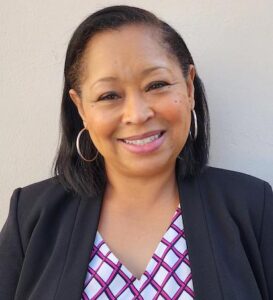On July 27, HASC convened 50-plus stakeholders from hospitals, academic institutions, workforce boards and state partners at the University of California, Santa Barbara. The goal: to discuss the workforce supply and demand gap for nursing and allied health professionals across the Central Coast region.
This workforce summit, in its second year, was intended to continue regional dialog on current and future health care workforce needs. Attendees aimed to strengthen relationships among hospitals and postsecondary academic institutions, expand partnerships to include publicly funded workforce development boards, and cultivate conversations on finding solutions.
Ron Werft, president and chief executive officer of Santa Barbara Cottage Hospital and the event chair, provided opening remarks. Presentations and panel discussions followed on the Current and Future State of the Nursing Workforce Shortage, moderated by Dr. Garrett Chan, president and chief executive officer of HealthImpact; the Tri-County Workforce Development Board Discussion on Healthcare Initiatives, moderated by David Shinder, workforce consultant; and Perspectives on the Allied Health Workforce Shortage, moderated by Susan Chapman, faculty member, Healthforce Center at the University of California, San Francisco.
Key workforce summit takeaways included:
- The workforce shortage has many driving forces, including faculty shortages and pay disparities, limited training capacity, high student attrition rates, limited clinical practice sites, retirements and an aging workforce, employee wellness and burnout, high employee turnover, pay and competition.
- Hospitals, academic partners and workforce development partners need to continue collaborating and creating alignment among sectors.
- Next steps:
- Explore more innovative training methods that include technology.Consider ways to provide financial support to students through scholarships or stipends to reduce student attrition.Focus more effort on raising awareness in middle and high schools about high-demand health care positions, beyond doctors and nurses. Involve accreditation agencies in the discussion to ensure they understand the challenges on both the academic and employer sides.
- Continue identifying new workforce data sources, and refine existing ones, that provide meaningful insight into the labor supply and demand, along with the professionals needed to close gaps.
Workgroups consisting of hospital, academic and workforce development leaders will resume in the coming weeks to continue collaborating on action steps. For more information, please contact Soyinka Allen, program director for workforce development, at [email protected].
